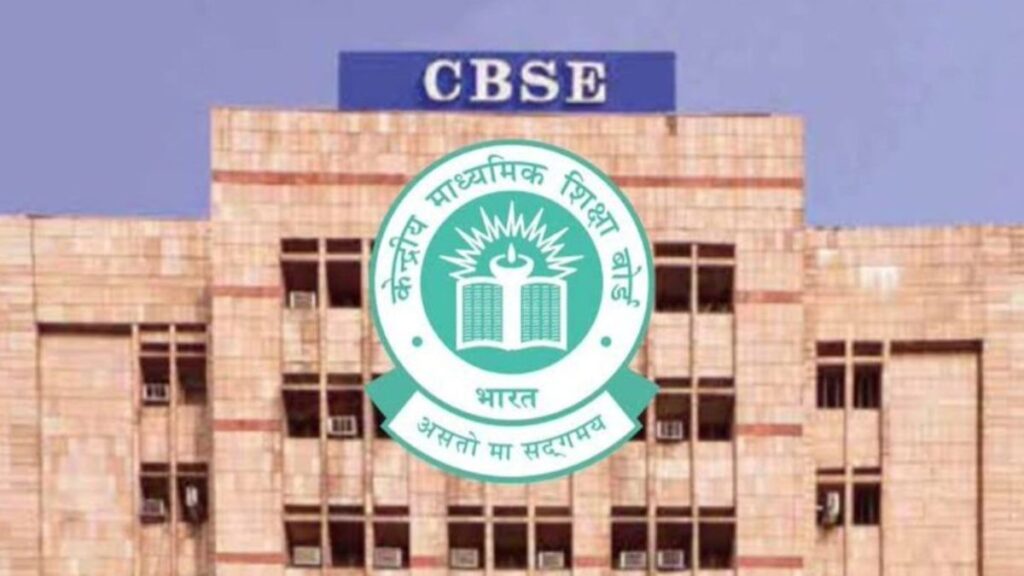CBSE Introduces Two Board Examinations for Class X from 2026; Students Get to Improve Scores

According to a press release by the Central Board of Secondary Education (CBSE), Class X students will now have the opportunity to appear for two board examinations in an academic year, starting from 2026. This major reform aligns with the National Education Policy (NEP) 2020, aiming to reduce exam stress and provide students with flexibility in improving their scores.
Key Changes in CBSE Class X Board Exams from 2026
Background: NEP 2020 Recommendations
The decision follows Para 4.37 and 4.38 of the NEP 2020, which emphasize reducing the “high-stakes” nature of board exams by allowing students to take tests twice—once as the main examination and again for improvement. The policy also encourages assessments that focus on core competencies and suggests modular or semester-based exams to distribute academic pressure more evenly.
CBSE’s Two-Board Exam Scheme: Key Highlights
1. General Conditions
- First Examination is Mandatory: All students must appear for the initial board exam.
- Improvement Opportunity: Passed students can reappear in up to three subjects (Science, Mathematics, Social Science, or languages) to better their scores.
- Essential Repeat Category: Students absent in three or more subjects in the first exam must wait until the next academic year’s main exam (February).
- Compartment Students: Those who receive a compartment result in the first exam can reappear in the second exam under the same category.
- No Additional Subjects: Students cannot take extra subjects after passing Class X.
2. Special Category Provisions
- Sports Students: Can appear for the second exam if the first exam clashes with their sports commitments.
- Winter-Bound Schools: Students may choose between the first or second exam based on subject availability.
- CWSN (Children with Special Needs): Will receive the same accommodations in both exams.
3. Internal Assessment & Exam Schedule
- Internal Assessments: Conducted only once before the main exam.
- Exam Dates:
- First Exam: Mid-February (as per current schedule).
- Second Exam: May.
4. Eligibility Criteria
- First Exam: Open to fresh Class X students, second-chance compartment candidates, essential repeat students, and those seeking improvement.
- Second Exam: Available for:
- Improvement in up to three main subjects.
- First/third-chance compartment candidates.
- Students who passed via subject replacement.
5. Syllabus & Exam Pattern
- Both exams will cover the full syllabus of the academic year.
- The scheme of studies and marking pattern remains unchanged.
6. List of Candidates (LOC) Submission
- Mandatory for First Exam: Schools must submit LOC with accurate subject details.
- Second Exam LOC: Separate submission, but no new names can be added.
- No Subject Change: Students cannot switch subjects between exams unless permitted.
7. Result Declaration & Post-Exam Facilities
- First Exam Results: Declared in April.
- Second Exam Results: Declared in June.
- DigiLocker Access: Main exam scores will be available for Class XI admissions if students skip the second exam.
- Final Passing Certificate & Merit List: Issued only after the second exam.
- Post-Result Options: Photocopy, verification, and re-evaluation requests will open after the second exam results.
8. Provisional Admission in Class XI
- Students failing the first exam can get provisional admission in Class XI, subject to confirmation based on second exam results.
CBSE’s Directive to Schools
CBSE has instructed schools to:
- Inform parents and students about the two-exam policy for 2025-26.
- Ensure accurate data collection for LOC submissions.
- Guide students in selecting subjects wisely.
Conclusion
This reform is a significant step toward reducing exam stress and offering students multiple chances to excel. By allowing two attempts, CBSE ensures a fairer, more flexible assessment system in line with global best practices.





